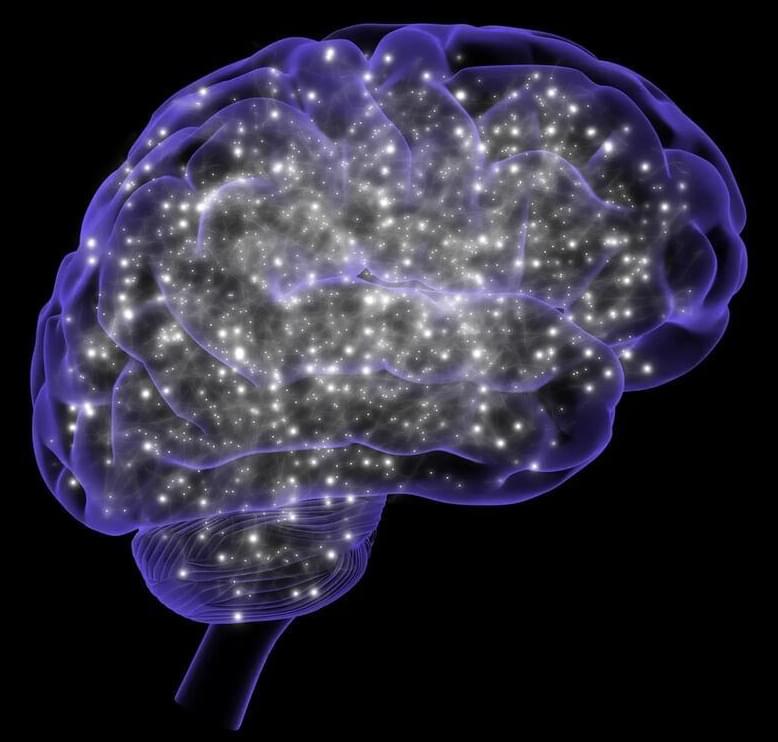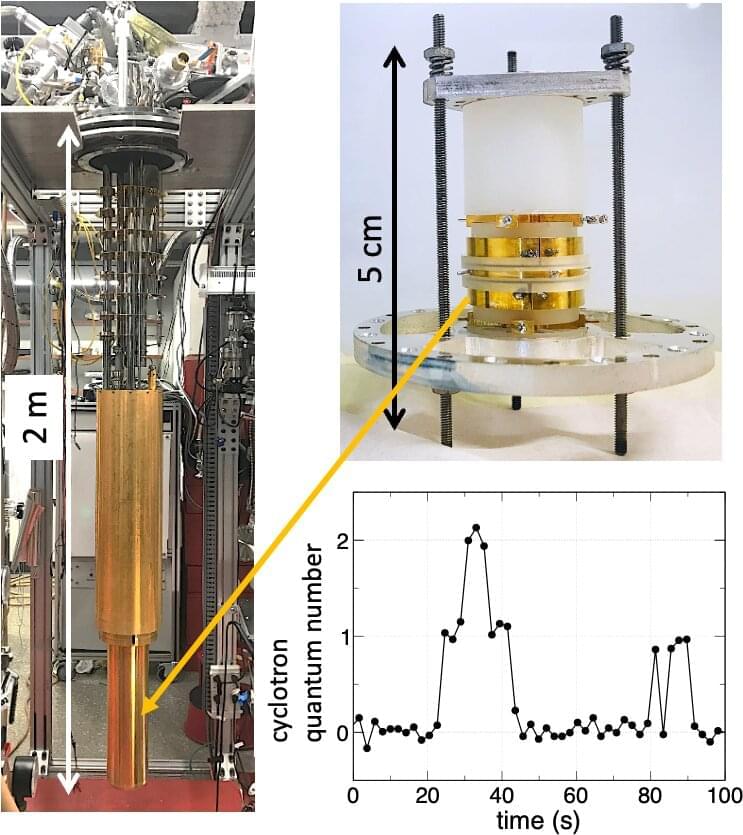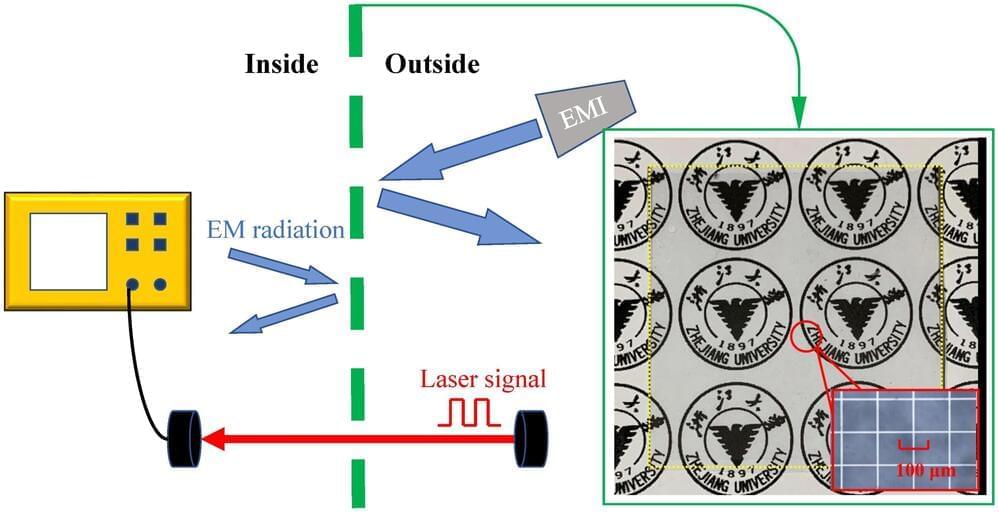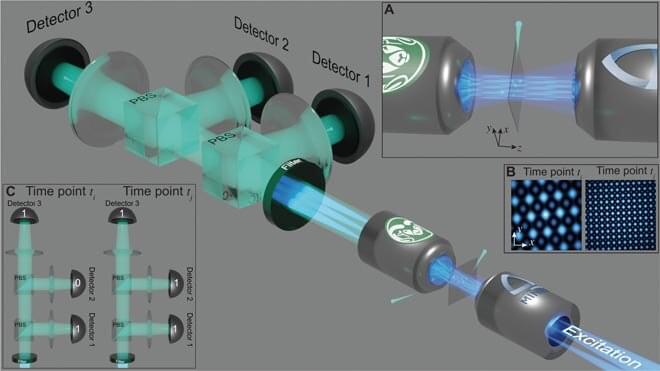Jan 25, 2023
Using Artificial Intelligence To Tame Quantum Systems
Posted by Saúl Morales Rodriguéz in categories: particle physics, quantum physics, robotics/AI
Controlling the trajectory of a basketball is relatively straightforward, as it only requires the application of mechanical force and human skill. However, controlling the movement of quantum systems like atoms and electrons poses a much greater challenge. These tiny particles are prone to perturbations that can cause them to deviate from their intended path in unexpected ways. Additionally, movement within the system degrades, known as damping, and noise from environmental factors like temperature further disrupts its trajectory.
To counteract the effects of damping and noise, researchers from Okinawa Institute of Science and Technology (OIST) in Japan have found a way to use artificial intelligence to discover and apply stabilizing pulses of light or voltage with fluctuating intensity to quantum systems. This method was able to successfully cool a micro-mechanical object to its quantum state and control its motion in an optimized way. The research was recently published in the journal Physical Review Research.


















